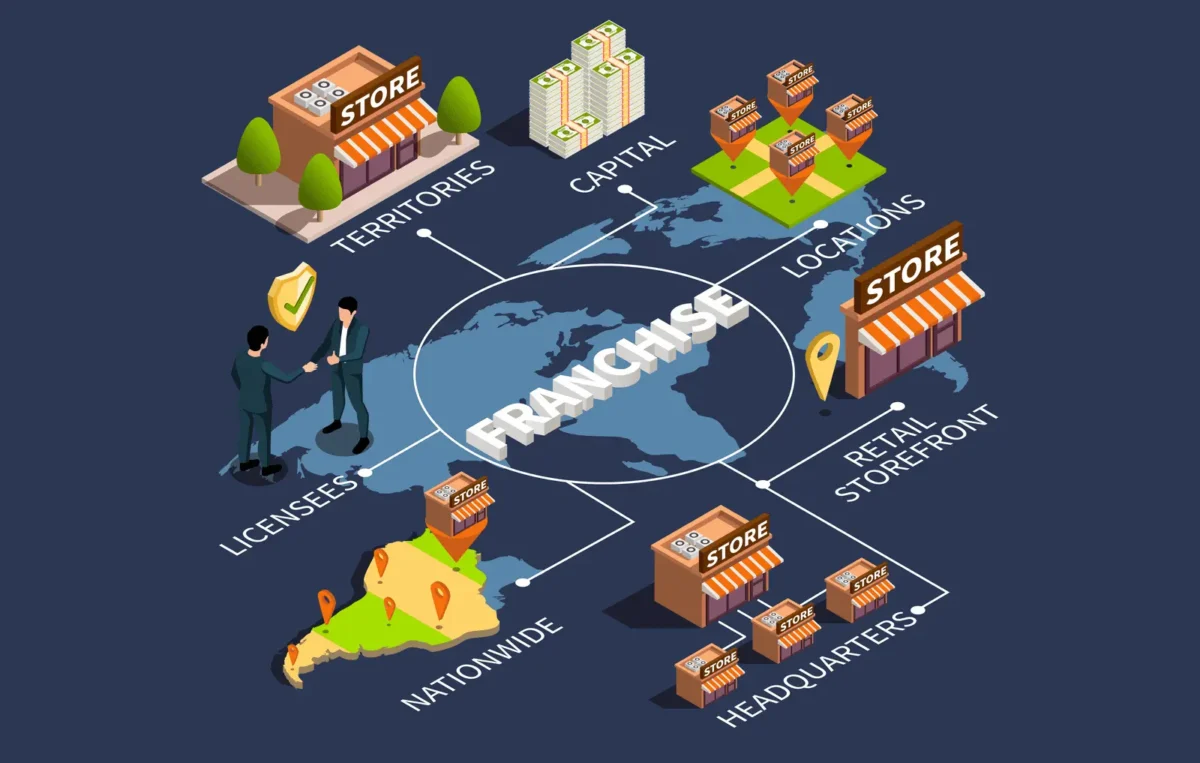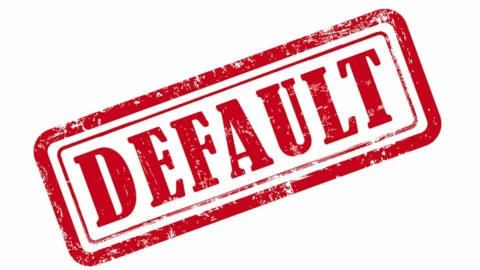Franchising is a unique business arrangement where the franchisor grants a franchisee the rights to sell its products or services. The franchisor is always a company that has successfully proven its business model in practice, and the franchisee can be either a company or an individual entrepreneur.
Globally, many startups and novice entrepreneurs opt for the franchising model to conduct their business. Data published by the international consulting firm Franchise Capital confirms the soundness of this decision. About 80% of businesses shut down in their first year, whereas only 14% of franchised projects close within the same timeframe.
How Does Franchising Work?
Franchisees* purchase a franchise from the franchisor, which includes a complete business system described in the franchise documents. They sign a franchising agreement, under which the franchisor transfers the right to sell its products or services.
* A franchisee is a person or company that receives a license from a franchisor to operate a business under its brand name, using a ready-made business model and receiving support and training to manage the business.

The franchisee is obligated to sell these products or services and conduct business according to the rules stipulated in the agreement. In return, they gain the right to use the franchisor’s trademark, reputation (goodwill), and marketing technologies and receive ongoing business support from the franchisor.
What is a Franchising Agreement? – Video
Watch the provided YouTube video to learn about the specifics of franchising agreements and what to consider before signing one.
What Fees are Involved in Franchising?
To buy a franchise and fulfill the terms of the franchising agreement, a franchisee must make:
- An initial lump-sum fee, which is typically a one-time payment.
- Royalties, which are monthly or quarterly payments for the duration of the franchise agreement. The amount can depend on sales volume, the number of customers served, store size, etc.
The franchisee pays royalties for the right to use the franchisor’s trademark, business model, and for their support. The franchising agreement specifies the lump sum payment, details how the royalty amount is determined, and outlines the rules for making payments.
How is Franchising Beneficial for Both Parties?
For the franchisor, selling franchises allows:
- Quick scaling of the business without using personal funds or borrowing.
- Increased brand recognition through franchisee-operated establishments.
- Enhanced profits from ongoing and periodic payments.
For the franchisee, using a franchising model is advantageous because it:
- Reduces entrepreneurial risk as the business model is already proven.
- Lowers startup costs through discounts on supplies from the franchisor.
- Minimizes marketing expenses as the brand is already well-known.
Novice entrepreneurs who purchase a franchise undergo training with the franchisor and receive ongoing support. This allows them to effectively develop their business, even without prior knowledge or entrepreneurial experience.
Types of Franchising
Franchising is divided into 4 main types based on business activity:
- Retail Franchising. The franchisor sells a license to open a store or chain of stores selling specific goods under its brand. It assists in setting up the store, stocks it, and sets the prices.
- Manufacturing. The franchisee buys a license to manufacture and sell products under the franchisor’s brand. The franchisor supplies the necessary raw materials.
- Service. The franchisor sells a service license and helps the franchisee set up a service establishment, transferring its service formulas and customer service standards.
- Hybrid. Combines elements of manufacturing, retail, and service. The franchisee may produce, sell, and provide pre- and post-sales services.

Regional Types of Franchising:
- Direct. The franchisee can open only one outlet.
- Regional. Allows opening multiple outlets within a specified region.
- Master Franchising. Enables business expansion at an international level.
All terms and restrictions for each type are detailed in the franchising agreement.
Recommend that you also read this article – How to Draw Up a Business Plan? 12 Tips for Business Planning.
Conclusion
The franchising system is an ideal way to start your own business or expand your existing one and increase profits. It can be started with even a small initial investment, with entry fees starting as low as $500. Franchising allows for successful business operations even in highly competitive industries, as franchisor companies use creative ideas, implement new technologies, and improve customer service to achieve success.
Frequently Asked Questions About Franchising
Franchising is a business organization where a franchisor (a successful company) transfers the rights to produce or sell its products or to offer services to a franchisee (an external company or entrepreneur).
There are four primary types of franchising: manufacturing, retail, service, and hybrid. Manufacturing allows the franchisee to produce and sell products under the franchisor’s brand. Retail involves opening a store or kiosk to sell a range of products defined by the franchisor under its brand. Service franchising means offering services according to the franchisor’s standards. Hybrid franchising combines aspects of the other three types.
Franchising can be categorized into three types based on regional limitations: direct, where a franchisee can open one outlet; regional, which allows opening multiple outlets within a specified area; and master franchising, which permits international business expansion.






